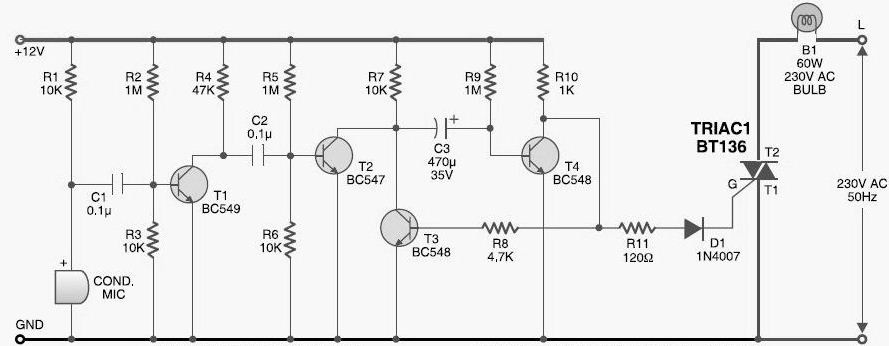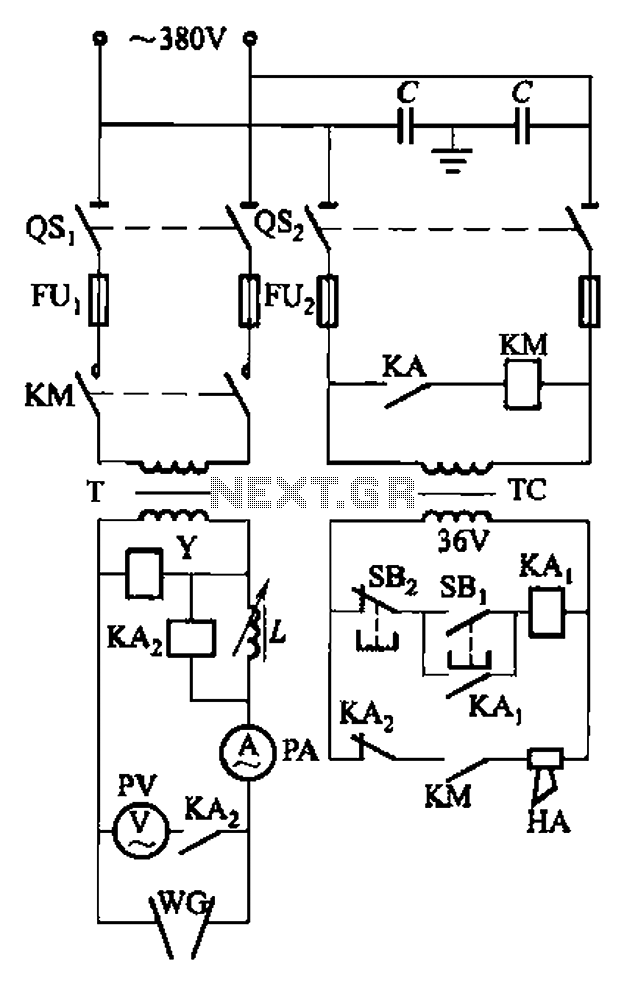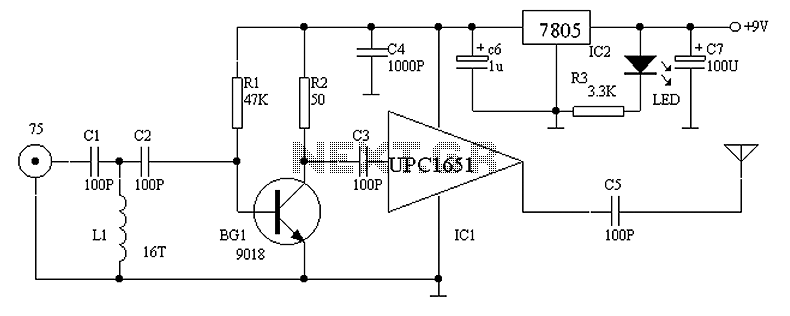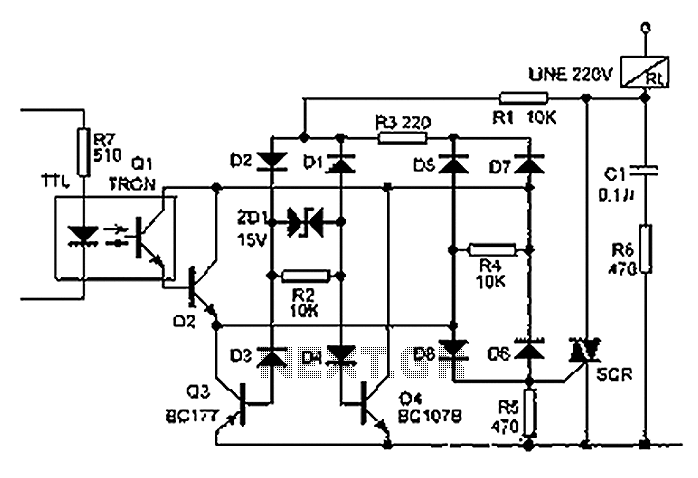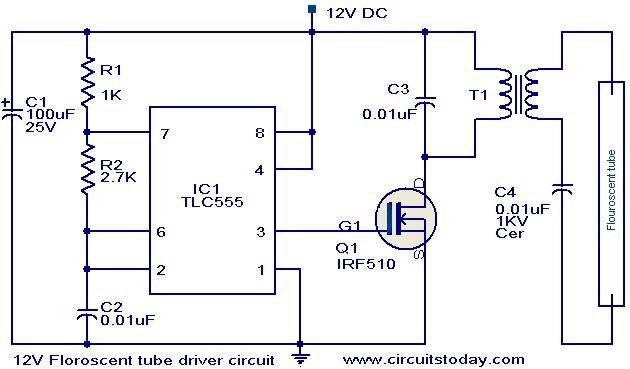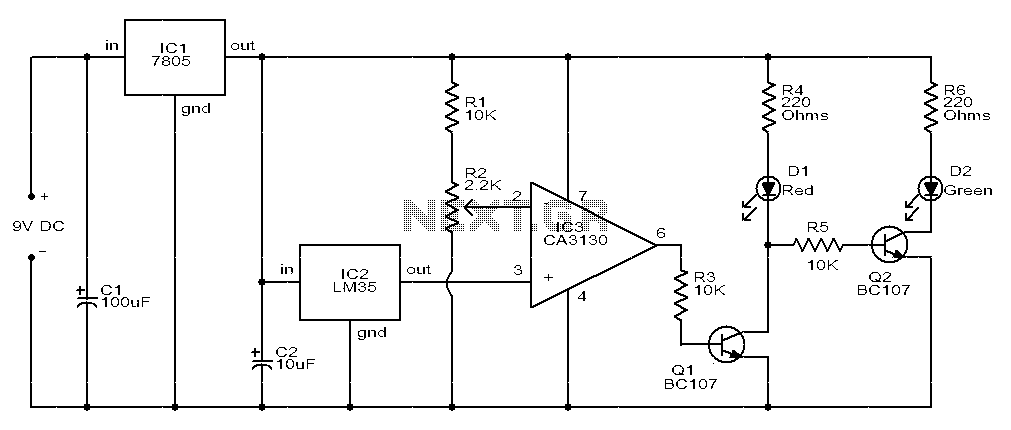
TL081 4 Order Filter Circuit
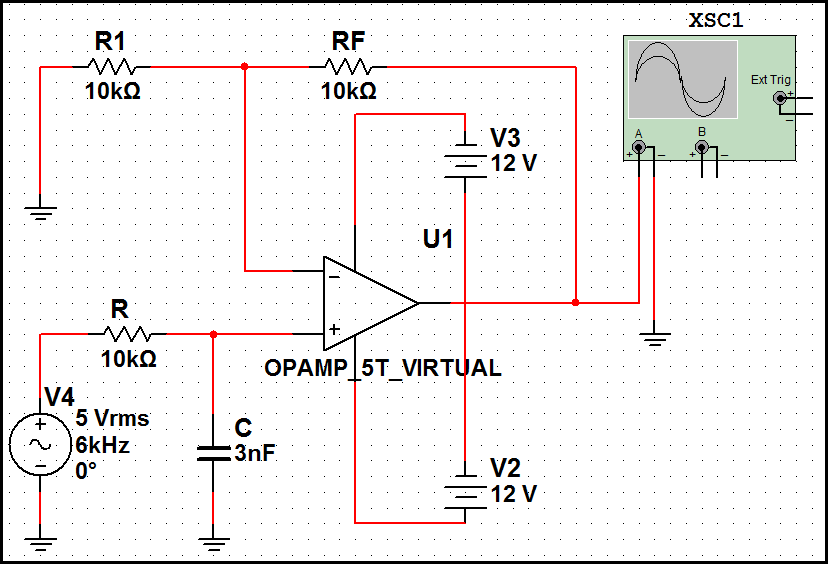
High-order filters are typically designed with two or more cascaded sections. An order 4 filter requires only one operational amplifier integrated circuit (OA IC), allowing for lower distortion.
High-order filters are essential in various applications, including audio processing, signal conditioning, and communication systems. The design of an order 4 filter using a single operational amplifier (OA) IC can significantly reduce complexity and cost while maintaining performance.
In this configuration, the filter can be implemented using a Sallen-Key topology or a multiple feedback (MFB) structure. The Sallen-Key design is favored for its simplicity and ease of implementation. It consists of a resistor-capacitor (RC) network that determines the cutoff frequency and the quality factor (Q) of the filter.
To construct the order 4 filter, two cascaded second-order sections can be utilized. Each section comprises two resistors and two capacitors, with the OA IC serving as the active component. The transfer function of the filter can be expressed in terms of the component values, allowing for precise tuning of the filter characteristics.
The selection of component values is critical in achieving the desired filter response. Resistors and capacitors should be chosen to meet the specifications for cutoff frequency, gain, and phase response. Additionally, the operational amplifier must have sufficient bandwidth and low noise characteristics to ensure the integrity of the signal is preserved.
To achieve lower distortion, careful attention should be paid to the layout and grounding of the circuit. Proper decoupling of the power supply to the OA IC is also essential to minimize noise and ensure stable operation.
Overall, the design of a fourth-order filter using a single OA IC offers a practical solution for applications requiring high performance with reduced complexity.Filters with high orders are designed usually with 2 or more cascaded sections. This order 4 filter need only one OA IC , so we can achieve lower distorsio.. 🔗 External reference
High-order filters are essential in various applications, including audio processing, signal conditioning, and communication systems. The design of an order 4 filter using a single operational amplifier (OA) IC can significantly reduce complexity and cost while maintaining performance.
In this configuration, the filter can be implemented using a Sallen-Key topology or a multiple feedback (MFB) structure. The Sallen-Key design is favored for its simplicity and ease of implementation. It consists of a resistor-capacitor (RC) network that determines the cutoff frequency and the quality factor (Q) of the filter.
To construct the order 4 filter, two cascaded second-order sections can be utilized. Each section comprises two resistors and two capacitors, with the OA IC serving as the active component. The transfer function of the filter can be expressed in terms of the component values, allowing for precise tuning of the filter characteristics.
The selection of component values is critical in achieving the desired filter response. Resistors and capacitors should be chosen to meet the specifications for cutoff frequency, gain, and phase response. Additionally, the operational amplifier must have sufficient bandwidth and low noise characteristics to ensure the integrity of the signal is preserved.
To achieve lower distortion, careful attention should be paid to the layout and grounding of the circuit. Proper decoupling of the power supply to the OA IC is also essential to minimize noise and ensure stable operation.
Overall, the design of a fourth-order filter using a single OA IC offers a practical solution for applications requiring high performance with reduced complexity.Filters with high orders are designed usually with 2 or more cascaded sections. This order 4 filter need only one OA IC , so we can achieve lower distorsio.. 🔗 External reference
Warning: include(partials/cookie-banner.php): Failed to open stream: Permission denied in /var/www/html/nextgr/view-circuit.php on line 713
Warning: include(): Failed opening 'partials/cookie-banner.php' for inclusion (include_path='.:/usr/share/php') in /var/www/html/nextgr/view-circuit.php on line 713
